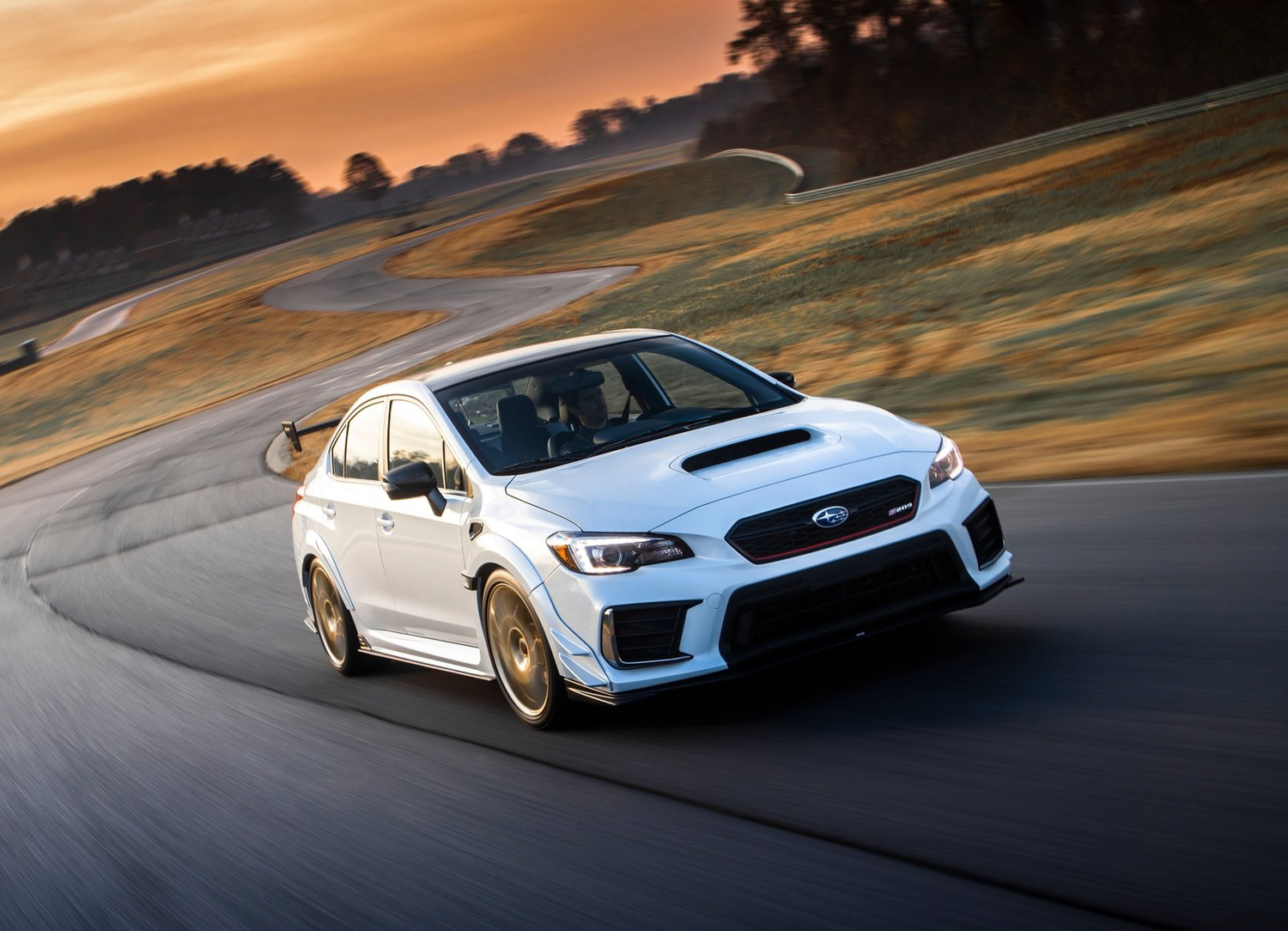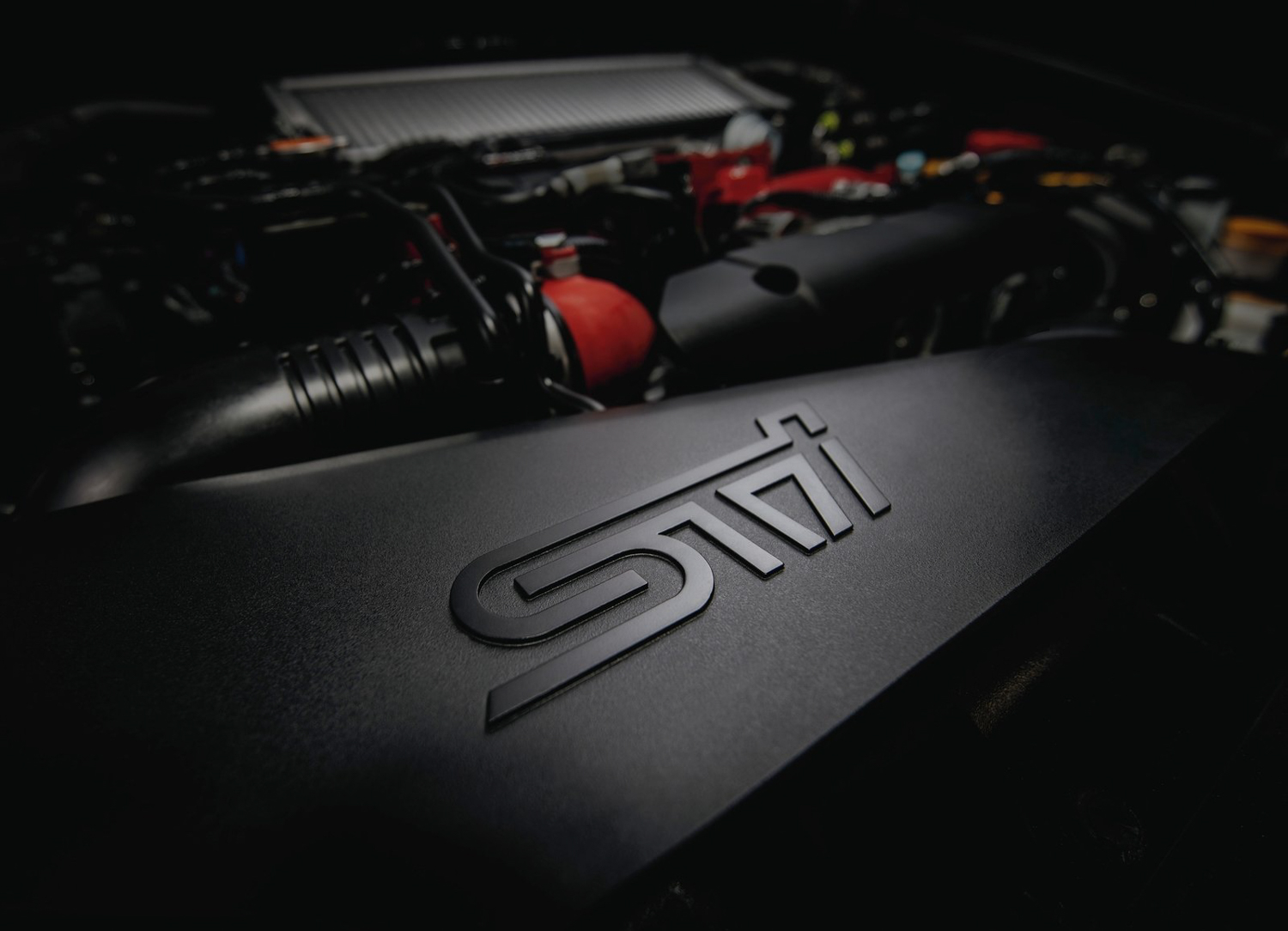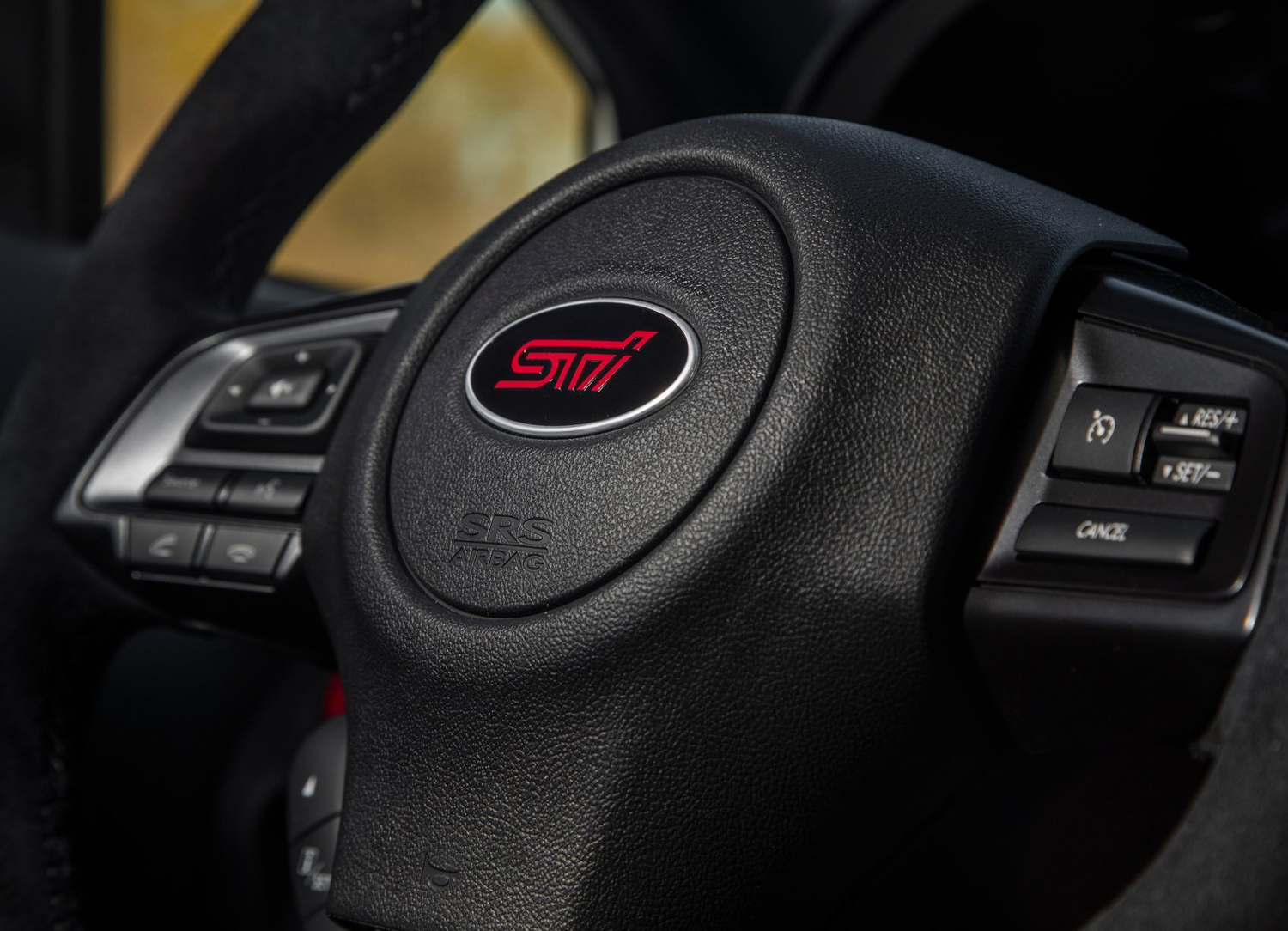Media | Articles
How STI builds the S209 like the ultimate factory tuner
The Subaru WRX STI S209 is the first in the legendary S-line of cars developed by Subaru Tecnica International to reach our shores. Those who miss out on the roughly 200 examples that arrive could (with great pains) build their own, because the wizards at STI appear to have used many parts readily available in the aftermarket.
One of the biggest changes from the standard WRX STI is the increase in power from 310 horsepower to 341. STI accomplishes this with a combination of forged internals, a larger turbocharger, and a more aggressive engine tune.
Unfortunately, it’s not clear what forged pistons and rods STI installed, but the pistons are likely 4032 aluminum alloy, which is better suited for street cars. (Aftermarket manufacturers like Cosworth use 4032 and similar alloys because they allow for consistent dimensional integrity over long periods of time.) The fact the S209 keeps the same 8.1:1 compression ratio as the Type RA means they probably share pistons.
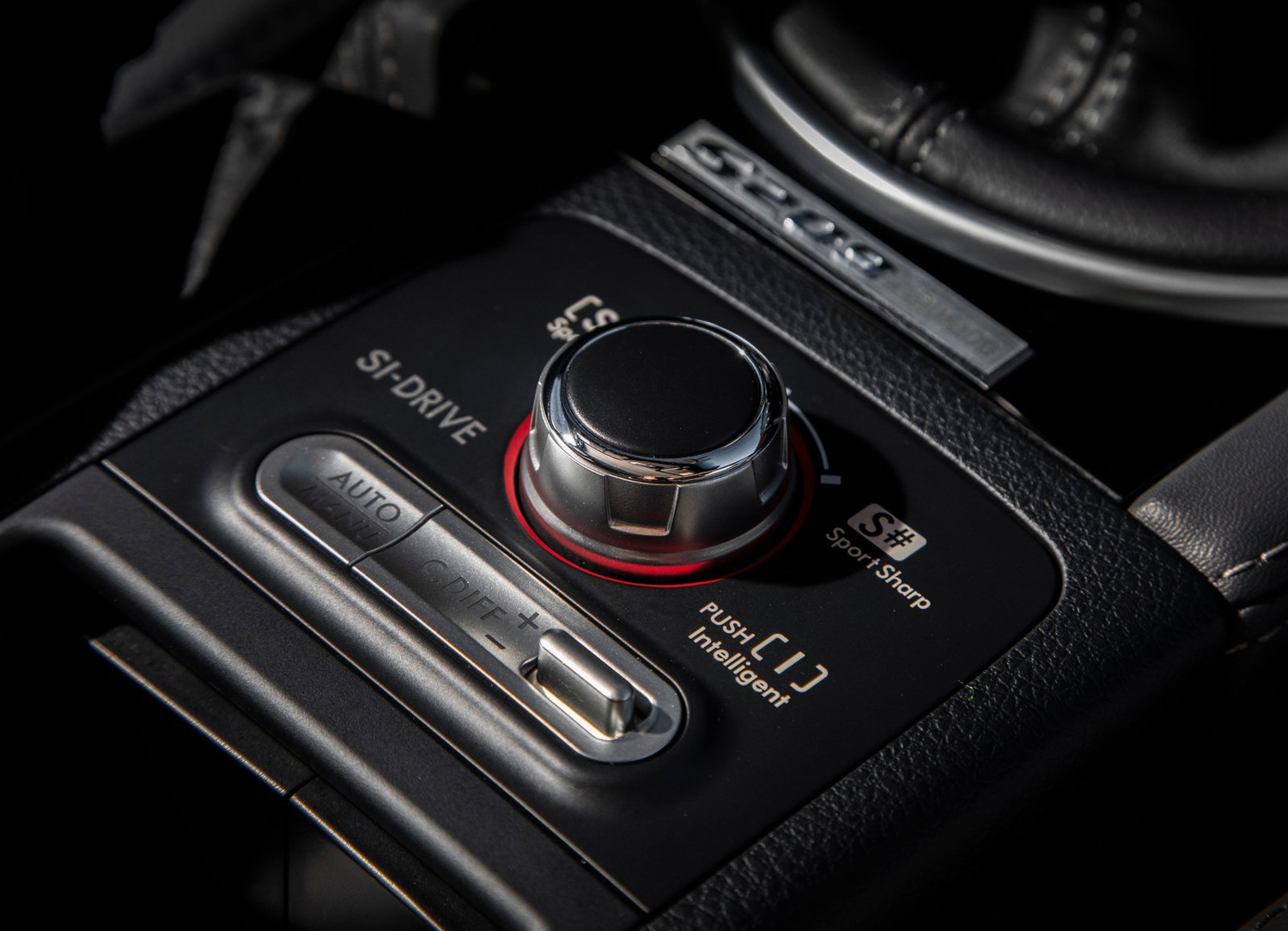

Marketplace
Buy and sell classics with confidence
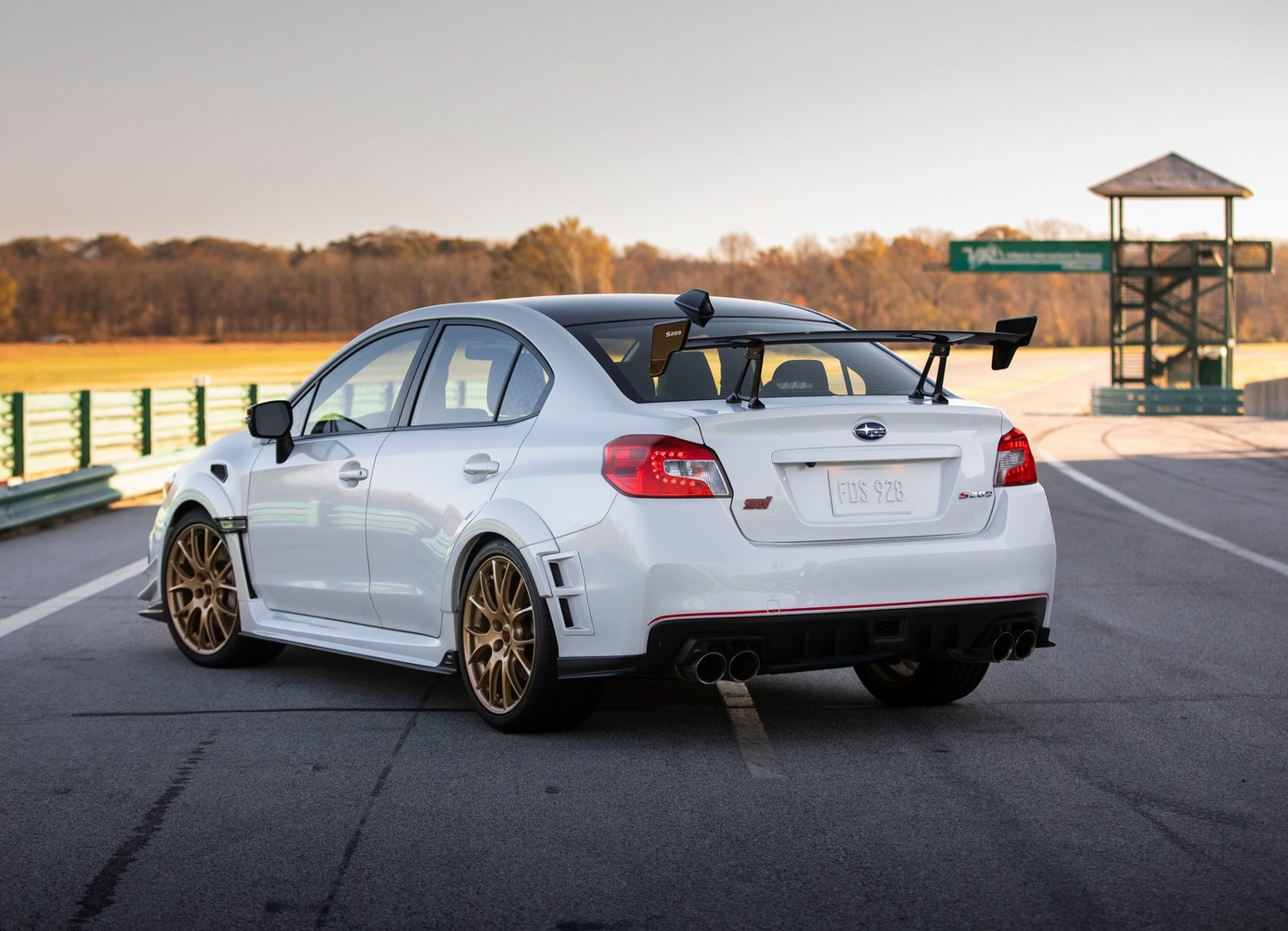
The forged pistons and rods provide a strong foundation for the power increases, which come courtesy of a larger turbocharger with a 65mm compressor wheel and a 56mm turbine wheel. That makes it an exact match for the turbocharger in the WRX STI TC 380 released in Japan last year. This model uses the HKS GT III RS turbocharger found in the STI Sports Turbine kit, part number 11004-AF013. It seems very likely that the S209 uses this kit with a few modifications.
STI adjusted the ECU tune to go along with the new turbocharger, and boost pressure climbs 1.8 psi. Increased air flow requires increased fuel, so the S209 receives a larger fuel pump and injectors. These may also come from the HKS catalog, which offers a drop-in kit that supports about 420 horsepower. The finishing piece on the power side is an intercooler sprayer system with nozzles under the hood and a tank in the trunk. This is similar to systems we’ve seen on a variety of STI models, and it is controlled by paddles behind the steering wheel that look to me like repurposed shift paddles form the CVT-equipped WRX.
Moving on to the suspension, we find a flexible strut bar under the hood. This piece has been around for a few years and saw duty on the STI Nurburgring race cars. You can find it in the STI catalog for around $370. The flexible draw stiffener in the rear is a new piece as it has been moved to the trunk; previous ones available in the STI catalog went under the car.
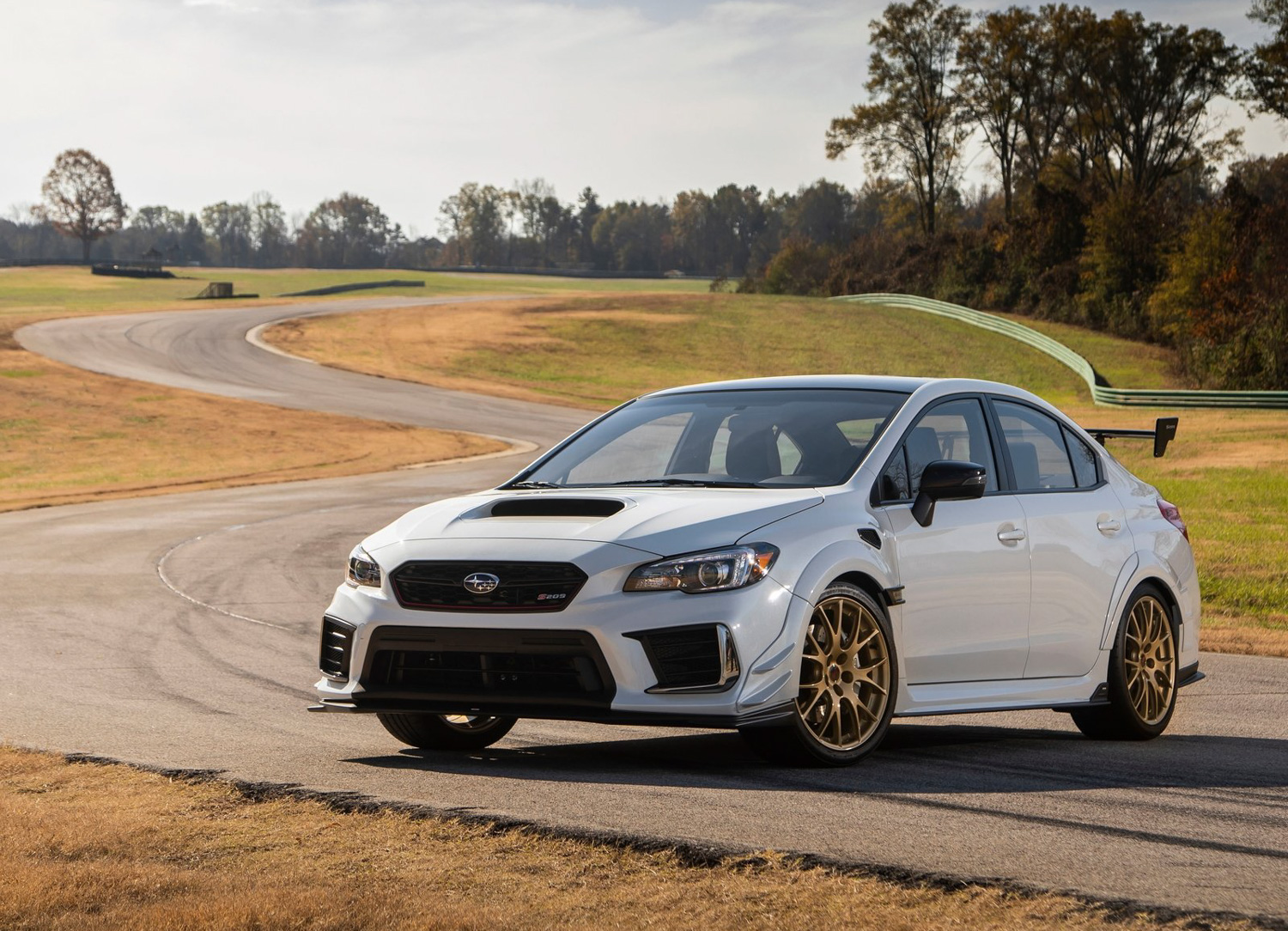
The S209 is further stiffened by solid pillow ball rear suspension bushings, which are likely part of the trailing arms available from the STI catalog for around $380. The Bilstein dampers from the Type RA have been revalved and put in use on the S209 along with springs that increase in rate to match the new valving. The brakes come over from the Type RA as well but use a pad compound modified to reduce fade.
The lightweight 19-inch BBS wheels are a custom version (1 inch wider) of the forged CH-R series that BBS sells. The wheels are the main factor in the 15mm increase of track width for the S209. The standard STI wheels are 19×8.5 inches with +55 millimeters of offset; adding a half inch of width while keeping the same offset gives us an increase of 12.8 millimeters of track width. That means the S209 wheels probably are modified a bit more to have an offset of +54 millimeters, yielding a track width increase of 14.8 millimeters. That matches what Subaru is advertising for the S209. The standard STI wheel weighs around 28.5 pounds and the aftermarket 19×8 BBS CH-R comes in at 24.6 so we can expect that the S209 drops at least 3 pounds on each corner. Going along with the new wheels are 265/35R19 Dunlop GT600A tires specifically developed for this application.
There are many functional aerodynamic pieces all around the S209 which give it a 1.7-inch increase in width along and help in performance. The only aero piece that is carried over is the rear wing, taken from the STI Type RA. Along with the rear wing, the S209 also picks up seats and the carbon fiber roof from the Type RA while the steering wheel comes from the S208.

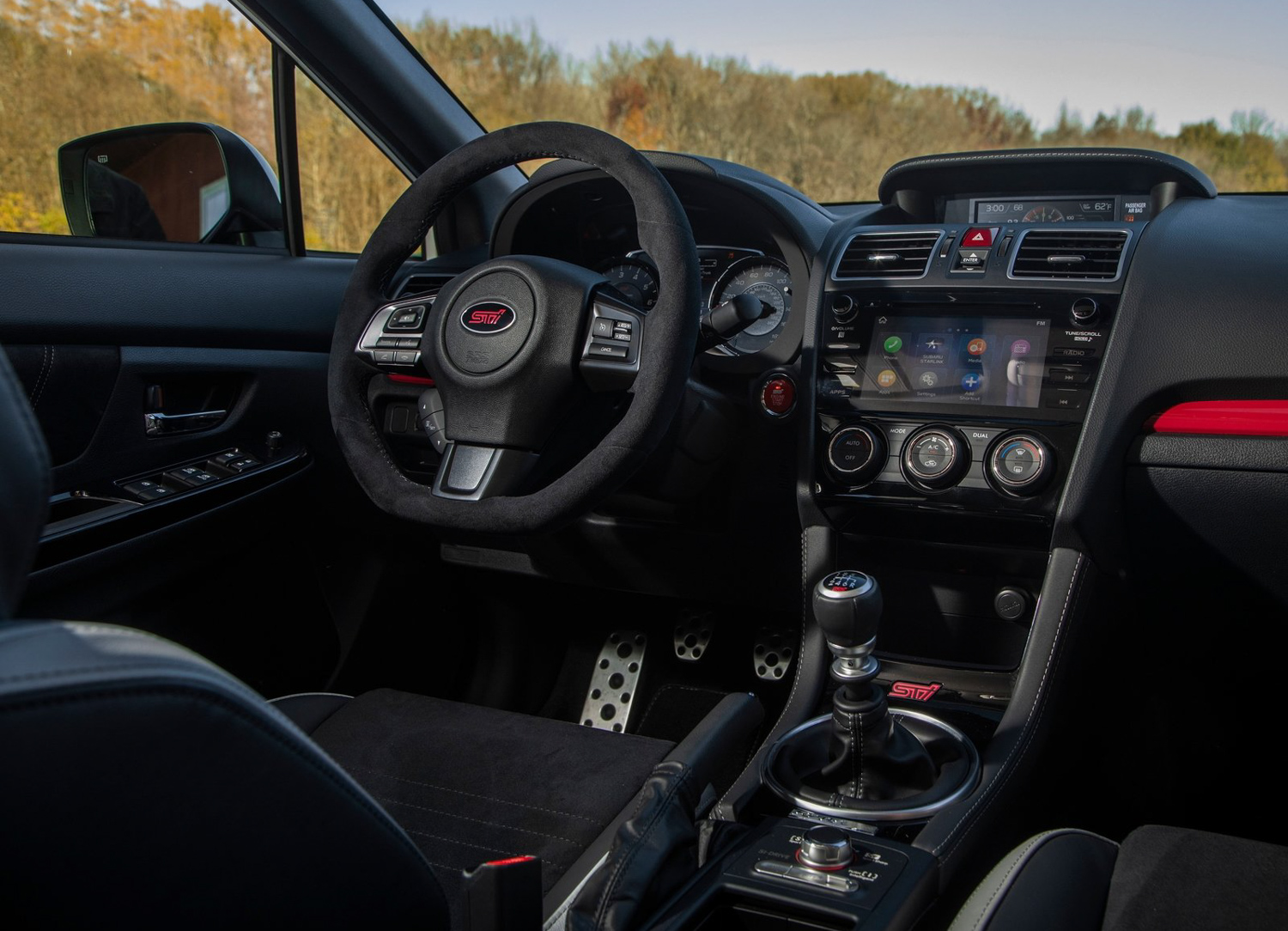
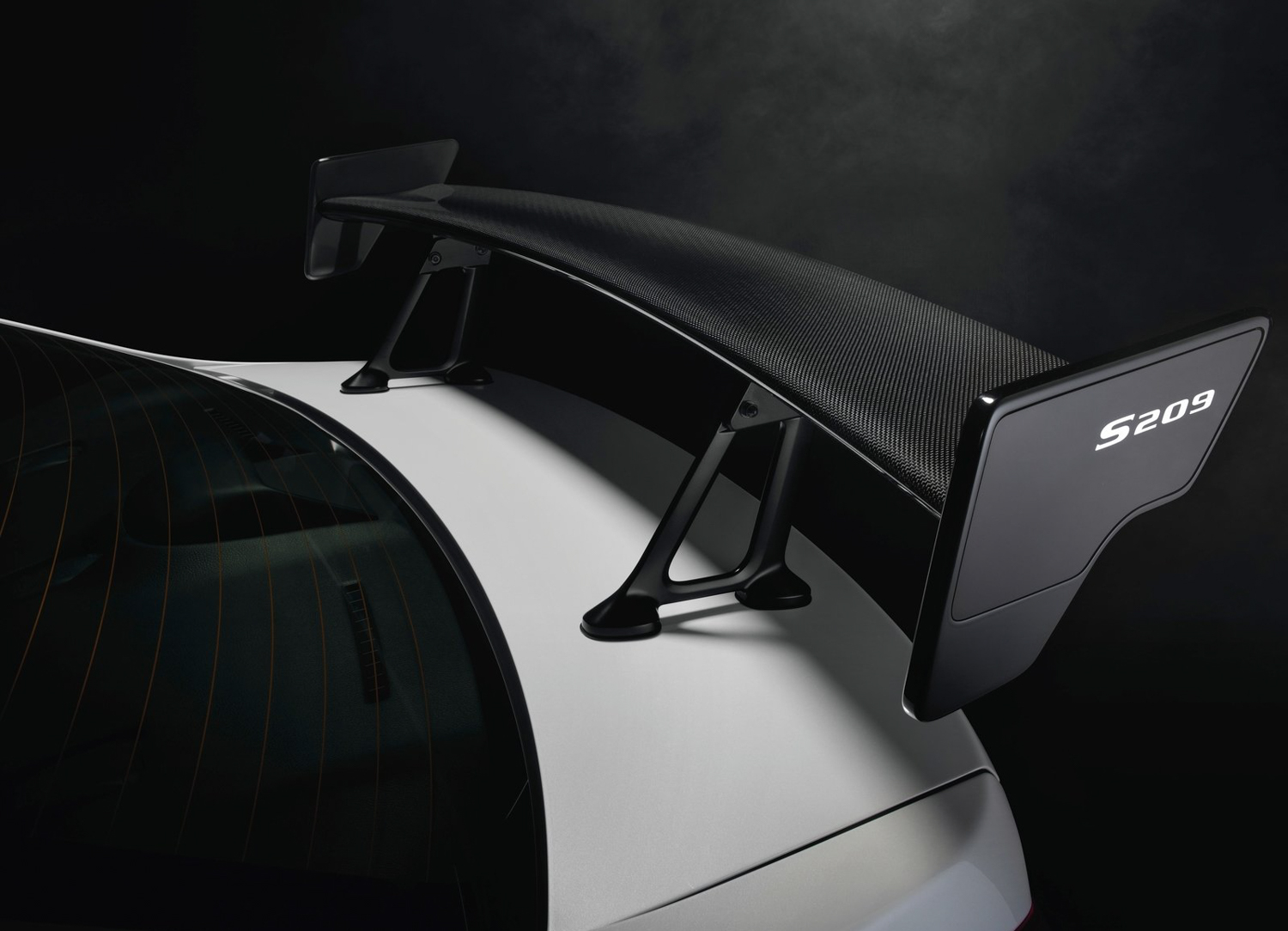
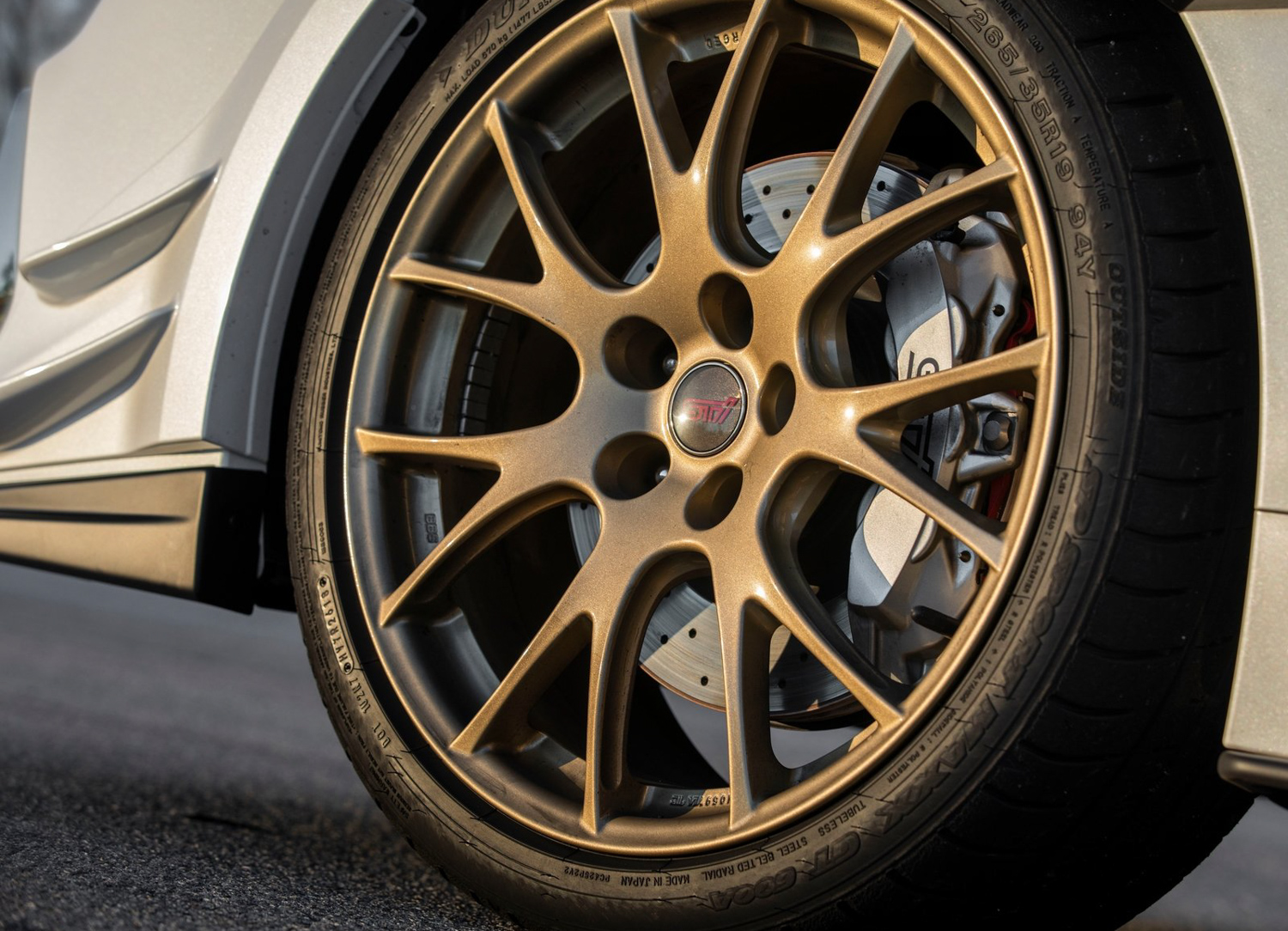
A few cosmetic and cooling details complete the package but the rest of the car is mostly a standard WRX STI. Although many of the changes don’t seem overly drastic, STI engineers clearly put a significant amount of time in tuning the engine and the chassis. The hard work resulted in a lap time that is 5 seconds faster than the STI Type RA around Virginia International Raceway even though the S209 is almost 100 pounds heavier than the Type RA.
The lesson here is not that everyone should go out and try to build their own S209, but that Subaru was able to massage even more from the current platform and the EJ257 engine that STI has used since 2004. While it will be fairly easy to replicate most of the car using these parts, the exclusivity comes from having a factory-tuned vehicle that features all of these parts and a warranty.
